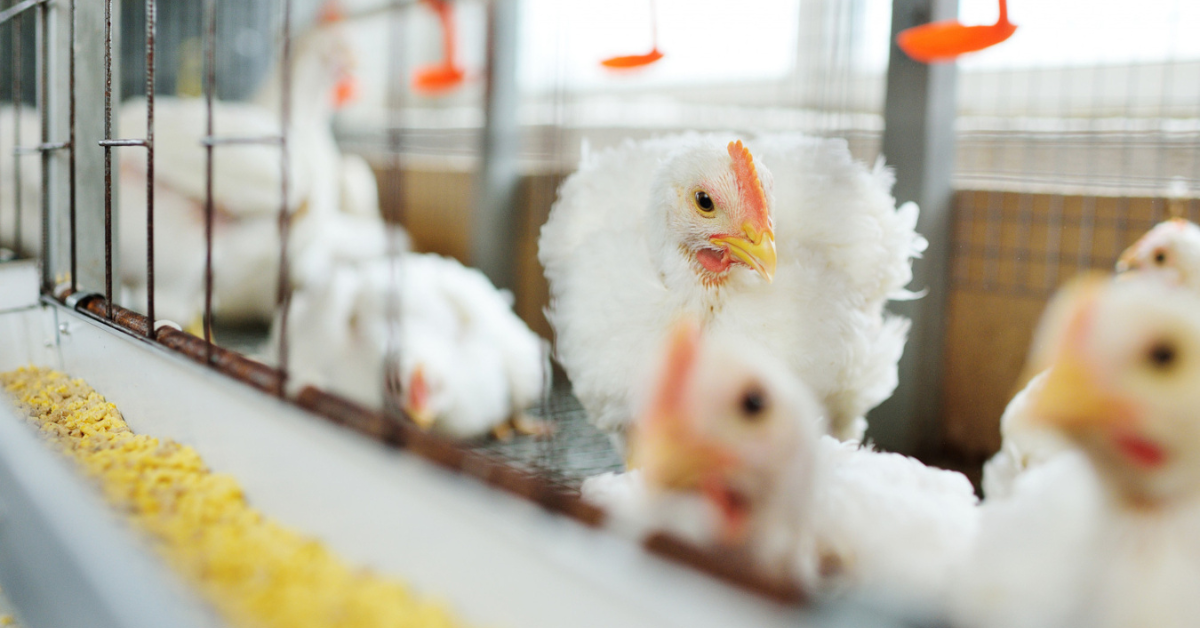- This topic is empty.
- AuthorPosts
- April 7, 2025 at 11:47 am #622993

Biosecurity is a critical aspect of poultry farming, as it helps to prevent the introduction and spread of diseases that can have devastating effects on poultry health and farm productivity. Disease outbreaks can lead to significant economic losses, disrupt production, and threaten the livelihood of farmers.
Implementing strong biosecurity measures is essential for maintaining healthy poultry populations, improving farm sustainability, and ensuring food safety. By following effective biosecurity practices, poultry farmers can reduce the risks associated with diseases, enhance flock health, and ensure a stable and profitable operation.
1. Establishing Farm Perimeter Security
One of the first steps in biosecurity is to establish perimeter security around the poultry farm to prevent the introduction of diseases from external sources.
This includes controlling access to the farm by restricting visitors, vehicles, and equipment that may carry pathogens. Installing fences or barriers around the farm’s perimeter helps to limit contact between poultry and wildlife or neighboring farms, which can be potential sources of disease transmission.
Additionally, farmers should designate specific entry points, ensuring that all visitors and vehicles undergo a decontamination process, such as foot baths or hand sanitization, before entering the farm. Effective perimeter security is essential for preventing the spread of diseases and protecting the health of poultry flocks.
2. Implementing Strict Sanitation and Cleaning Protocols
Sanitation is a cornerstone of biosecurity in poultry farming. Implementing regular cleaning and disinfection protocols for all farm equipment, poultry housing, and surrounding areas helps to eliminate pathogens that may otherwise survive and spread.
Farmers should develop a routine cleaning schedule that includes washing and disinfecting feeders, drinkers, and cages to remove fecal matter, feathers, and other contaminants. Additionally, all farm workers should follow hygiene protocols, including wearing clean clothing and footwear, to avoid cross-contamination.
Ensuring that all equipment and facilities are properly sanitized minimizes the risk of introducing diseases into the poultry environment and helps maintain a clean, disease-free farm.
3. Control of Animal Movement and Proper Quarantine Procedures
Controlling the movement of animals both on and off the farm is a critical biosecurity measure. Introducing new birds to the flock without proper precautions can expose the existing poultry to diseases. Farmers should implement quarantine procedures for any new birds entering the farm.
These birds should be isolated from the existing flock for a minimum period to monitor for any signs of illness. During the quarantine period, regular health checks and disease screenings should be conducted to detect potential infections before they can spread.
Additionally, farmers should minimize the movement of poultry between farms and avoid buying birds from unknown or unreliable sources. By controlling animal movement, poultry farms can prevent the introduction of diseases and maintain healthy flocks.
4. Vaccination and Disease Surveillance Programs
Vaccination plays a crucial role in preventing poultry diseases and maintaining flock health. Implementing a comprehensive vaccination program helps to protect poultry from common infectious diseases, such as avian influenza, Newcastle disease, and Marek’s disease.
Farmers should work with veterinarians to develop vaccination schedules that are appropriate for their specific poultry breeds and production systems. Alongside vaccination, disease surveillance programs are essential for early detection of potential outbreaks.
Routine health checks and monitoring for signs of illness enable farmers to respond quickly and take necessary action to prevent the spread of disease. Together, vaccination and disease surveillance help to safeguard poultry health and ensure the continued success of the farm.
5. Educating Farm Workers and Promoting Biosecurity Awareness
Educating farm workers and all individuals involved in poultry farming is a critical component of effective biosecurity management.
Workers should be trained on the importance of biosecurity measures, proper hygiene practices, and how to recognize early signs of disease in poultry. Regular training sessions, workshops, and informational resources can help reinforce biosecurity protocols and ensure that everyone on the farm is aware of their responsibilities.
Encouraging a culture of biosecurity within the farm workforce promotes vigilance and accountability, helping to prevent lapses in biosecurity practices that could lead to disease outbreaks. Additionally, farm workers should be encouraged to report any unusual symptoms or concerns promptly, ensuring that potential issues are addressed before they escalate into outbreaks.
In conclusion, implementing biosecurity measures is essential for preventing disease outbreaks in poultry farms and ensuring the health and productivity of flocks.
By establishing perimeter security, maintaining sanitation, controlling animal movement, implementing vaccination and disease surveillance programs, and educating farm workers, poultry farmers can significantly reduce the risks associated with disease transmission.
Effective biosecurity is not only crucial for maintaining the well-being of poultry but also for ensuring the long-term success and sustainability of poultry farming operations. By prioritizing biosecurity, farmers can protect their flocks, safeguard their livelihoods, and contribute to a safer and more resilient poultry industry.
Read Also: Optimizing Feed Management Strategies for Enhanced Poultry Growth and Production
- AuthorPosts
- You must be logged in to reply to this topic.

